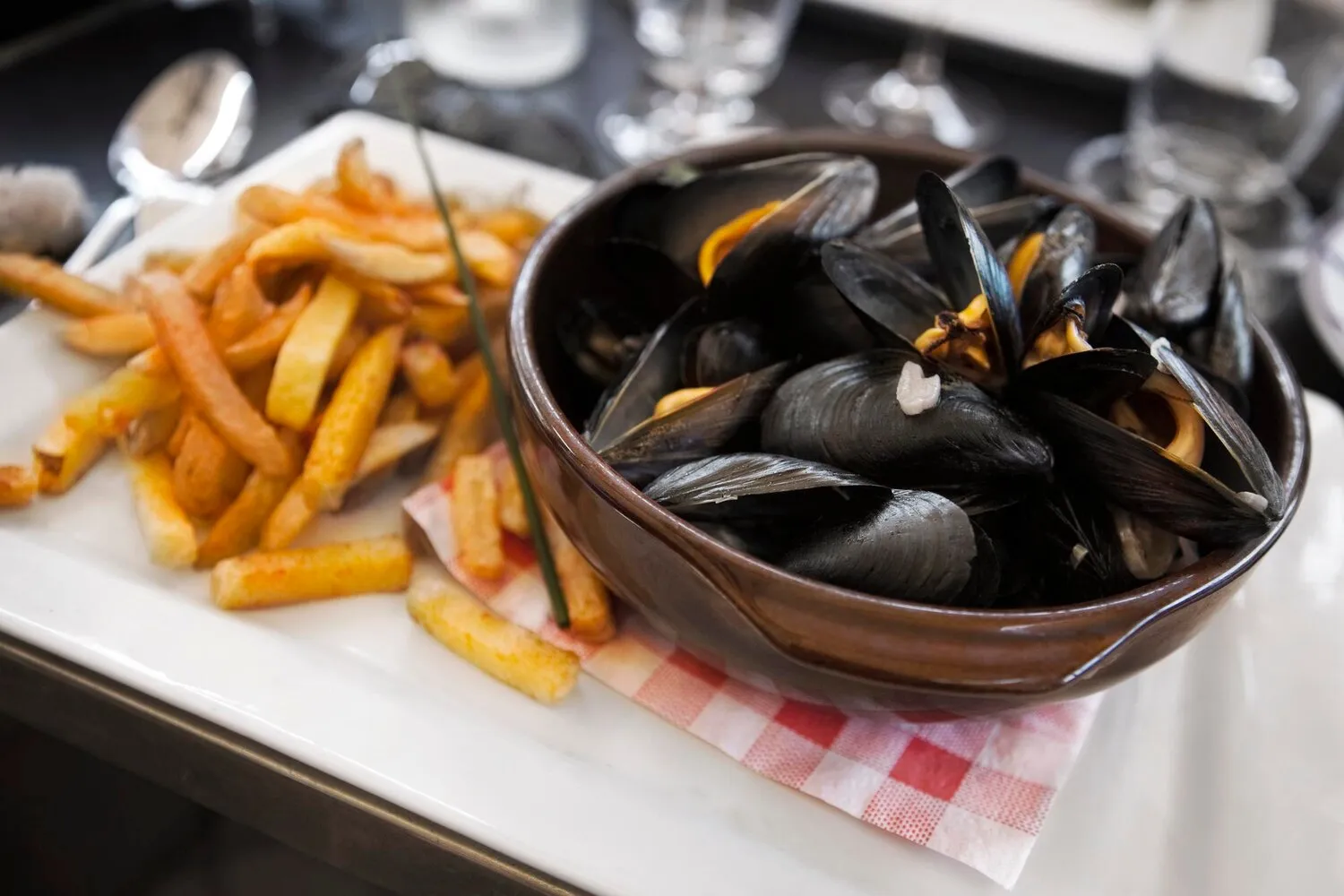
Wienerschnitzel
A traditional Austrian dish consisting of a thin, breaded and pan-fried cutlet of veal, served with a lemon wedge.
Nutrition Facts
* The % Daily Value (DV) tells you how much a nutrient in a serving of food contributes to a daily diet. 2,000 calories a day is used for general nutrition advice.
The exact origins of Wienerschnitzel are debated. One theory suggests it's derived from 'Cotoletta alla Milanese' brought to Vienna in the 19th century. Another theory proposes it evolved from earlier Viennese meat preparations. Regardless, it became a staple of Austrian cuisine, popularized in the late 19th and early 20th centuries.
Wienerschnitzel is more than just a dish; it's a symbol of Austrian culinary heritage. It's a beloved comfort food enjoyed by people of all ages and social classes and is frequently served at both formal occasions and casual gatherings.
National Dish
Wienerschnitzel is widely considered one of Austria's national dishes, representing the country's culinary identity.
Restaurant Staple
It is a standard offering on the menu of almost every traditional Austrian restaurant (Gasthaus) both in Austria and internationally.
Family Tradition
Homemade Wienerschnitzel is often prepared for special family meals and celebrations, passed down through generations.
Variations
While traditionally made with veal, variations using pork ('Schnitzel Wiener Art') or turkey are common and more affordable alternatives, though these are not technically Wienerschnitzel.
Wienerschnitzel boasts a delicate and savory flavor profile. The veal is tender, complemented by the crispy, golden-brown breading. A squeeze of lemon brightens the dish, providing a refreshing citrusy counterpoint to the richness.
The primary flavor comes from the high-quality veal, which should be lightly seasoned to allow its natural taste to shine. The breading, typically made with flour, egg, and breadcrumbs (often Semmelbrösel, Austrian breadcrumbs), provides a satisfying crunch and subtle toasted flavor. The clarified butter (or vegetable oil) used for frying imparts a rich, nutty note. The lemon wedge is essential, adding acidity that cuts through the fat and enhances the overall taste.
Pounding the Veal
Pound the veal cutlets to an even thickness (about 1/4 inch) to ensure even cooking and tenderness. Use a meat mallet and pound between two sheets of plastic wrap to prevent tearing.
The Breadcrumb
Use finely ground, dry breadcrumbs (ideally Semmelbrösel). This will create a light and crispy coating. Avoid using fresh or overly coarse breadcrumbs.
The Frying Temperature
Maintain a consistent frying temperature. The oil should be hot enough to cook the schnitzel quickly and evenly, but not so hot that it burns the breadcrumbs. Aim for around 325-350°F (160-175°C).
Don't overcrowd the pan
Fry the schnitzel in batches to avoid overcrowding the pan, which will lower the oil temperature and result in a soggy schnitzel. Give the schnitzel enough space to cook evenly.
Serving Immediately
Serve the Wienerschnitzel immediately after frying to enjoy its maximum crispness. Garnish with a lemon wedge and optionally parsley.
Explore additional Classic European dishes and restaurants
Explore Classic EuropeanDiscover top dining spots and culinary experiences in Baarn.
Explore BaarnLearn more about the food culture, restaurant scene, and culinary heritage of Netherlands.
Explore Netherlands